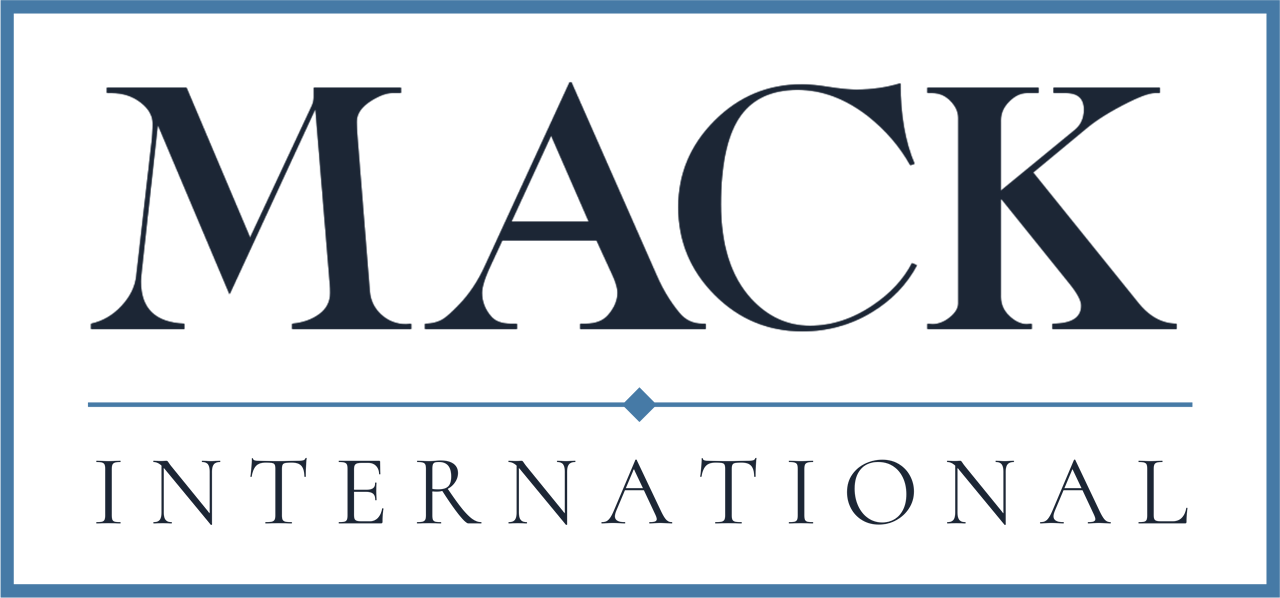Spouses and Succession Planning in the Family Office

Why it is time to approach succession planning on the horizontal plane
November 20, 2025 —
Most organizations look at succession planning as a vertical ladder, which, against the backdrop of the $124 trillion great wealth transfer currently in motion, inevitably leads to a conversation about the next or rising generation. While the youngest cohort of leaders is set to inherit immense wealth, $54 trillion is anticipated to go to surviving spouses, 95% of whom will be women. In this article, interpreting data from Cerulli Associates and thought leadership from Kerri Scott, we argue, it is time to approach succession planning on the horizontal plane.
Spouses are least likely to be involved, but most likely to inherit wealth
Cerulli Associates estimates that control of nearly $40 trillion will first be transferred horizontally to widows of the baby boomer and older generations. The same research reports that the partners of wealth owners are often the least involved in the financial planning process.
Despite this lack of involvement, female wealth owners and business executives are often thought to be better at establishing trusting and lasting relationships. They are also considered to be more inclined to prioritize strategic and philanthropic goals, introduce new advisory and investment preferences, and take a long-term view, working backwards to sustain family wealth, legacy, and reputation.
This demographic shift is set to have an enormously positive impact on family offices, their executives, and the communities they serve. However, a lack of succession planning and an abundance of outdated and disjointed estate plans could limit their success and put wealth preservation in jeopardy.
The death audit
The solution lies within horizontal succession planning, and the first step in this journey is what single family office executive of more than two decades, Kerri Scott, coined as ‘the death audit’. Kerri recently joined the Mack Podcast to discuss this proactive approach to estate planning, which involves simulating a wealth owner’s death to review and optimize the estate plan while they are still living.
She said: “Families work with advisors for years to develop carefully curated and often overly complex estate plans, which involve a layered approach to leveraging trusts and generational wealth transfer strategies. A death audit aims to comprehensively review these layers to identify vulnerabilities and provide opportunities for enhancement.
“It took over 20 years for us to build an estate plan in my family office, and I realized we needed to memorialize all of this information so that if I retire, I’m not leaving with all of this institutional knowledge that will be very difficult for someone else to execute. What began with a panic moment became the crystallized idea of a death audit. Becoming more efficient and understanding where, tactically, your risks lie is paramount.”
Developing a longer-term succession pipeline
The second stage in this proactive approach to estate planning is developing a longer-term succession pipeline, which includes an immediate, short-term, and long-term roadmap. In this context, an immediate plan may consider the option of spousal succession, while the short-term focuses on the rising generation, and a longer-term plan incorporates generations that come thereafter:
- Immediate plan: Create a blueprint for immediate succession.
A death audit can be a fantastic catalyst for conversations around hiring in the event of a wealth and leadership transfer. It can prompt current wealth owners to determine the parameters around the type of profile, including personal characteristics and attributes, that would make a good culture fit, and which family members – including spouses – or external professionals they would like to see take on key positions. Importantly, it highlights their level of preparedness and what engagement and mentoring are needed to help them succeed in the role. - Short-term plan: Filling the position – How long will it take, and how will you do it?
You must prepare for planned and unplanned succession, ensuring institutionalized knowledge does not sit or leave with any one person. Determine what positions you want to create succession roadmaps for and then identify key successors, both internally and externally – ensuring profiles are accompanied by tailored development plans – in writing – that consider their roles, responsibilities, and timelines. Current leaders must think about knowledge gaps, future expertise that may be required to stay competitive and sustainable, and how the contribution and performance of new leaders can be measured. All hires, both horizontal and vertical, as well as external, must go through rigorous evaluation rubrics, quality assessment, and due diligence to ensure they meet the competency and culture fit requirements necessary to fill the position. - Long-term plan: Succession begins on day one of your incumbent leader’s employment.
As soon as succession takes place, the next cycle of mentorship, grooming, and education must begin to ensure you have a sustainable long-term talent pipeline. Family members of all generations should be encouraged to play an active role in the family office, which holds particular importance for spouses who are considered to be the least involved in the financial planning process, yet most likely to take control in the event of mortality. They should be involved in governance, search, and investment committees, and supported in their development to become strong leaders.
As our Founder, Linda Mack, has previously noted, when you take the time to involve future leaders in a meaningful way, you have a natural flow of stewardship – an ongoing and smooth evolution instead of a crisis.
Succession planning is key to sustaining a legacy, yet some ignore the urgency of preparing in advance. The need to continuously plan, review, and update or revise key plans, documents, and hiring strategies while wealth generators are still alive is an important strategic opportunity that shouldn’t be missed.

Social Media Links
Office Locations
Nashville, TN
Dallas, TX
New York, NY
Chicago, IL

